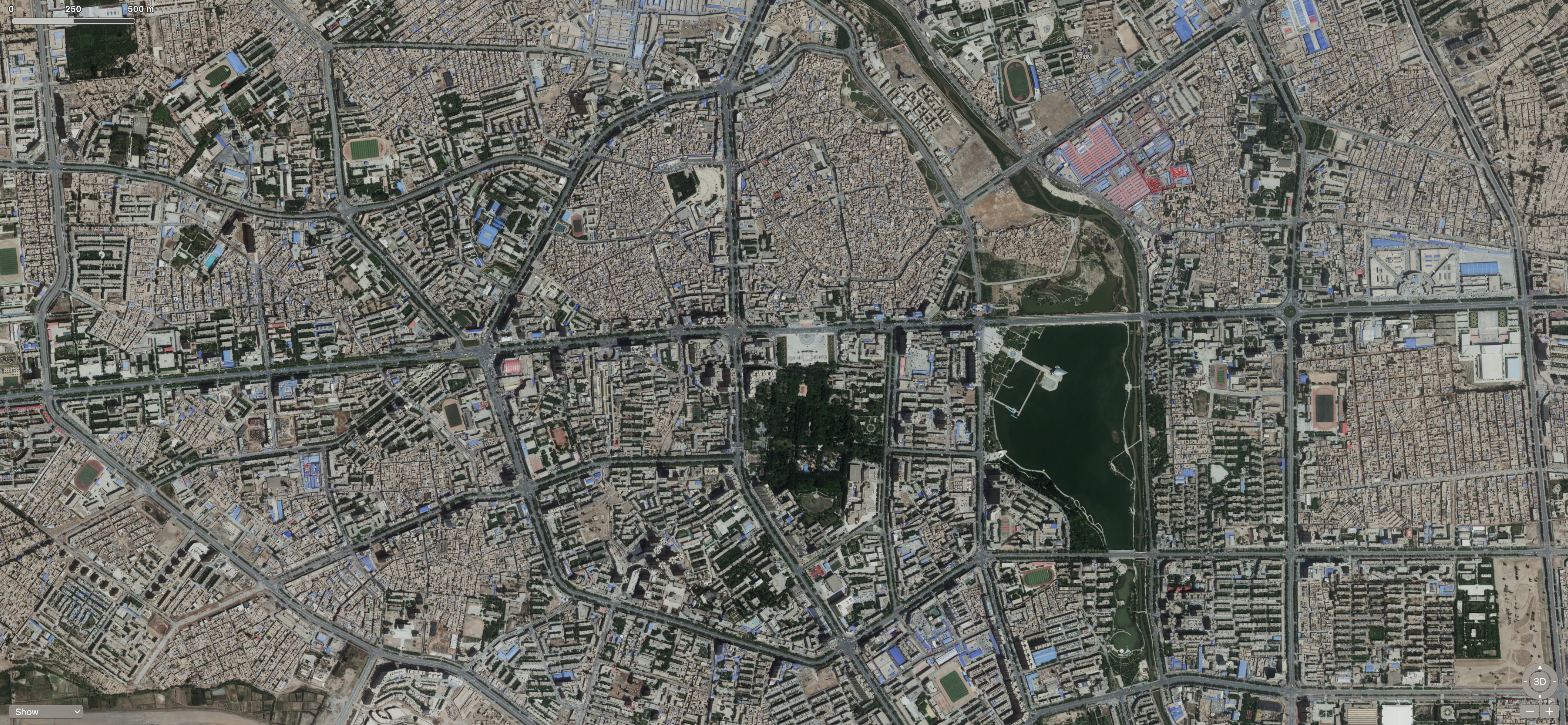I have been thinking of this very impressive New York Times photo essay of Kashgar, and how it has changed in the 15 years since I visited. Kashgar is an old Silk Road city in the westernmost reaches of Xinjiang province in Chinese Turkestan. A friend and I had crossed the Taklamakan Desert on a 36 hour sleeper bus journey where we were given bunks in the front (since the back is where the goats and chickens went). We used Kashgar as a base to travel up the Karakoram highway, through the breath-taking Pamir Plateau, to the Pakistani border checkpoint.
In those days, the city was divided by the main road, with mostly Uighur communities in the north, and Han in the south. After days of eating mutton, we crossed the highway to the south to have some “Chinese” food for a change. Our beautiful hotel used to be the Russian Consulate during the days of the Great Game, romanticized by one of my favourite authors Peter Hopkirk. I remember walking through the old town, the narrow streets and clay multi-story homes transported me back to a different era… something like 1001 Nights. According to the Times, these buildings are being destroyed by the Chinese government as the state increases the surveillance burden on the Uighur population. Even 15 years ago I thought Beijing’s presence was overwhelming. The People’s Square, where there was a Nowruz festival being held with all sorts of Uighur folk dances, is overlooked by the second largest statue of Mao in all of China. We saw government propaganda written in the Uighur Arabic alphabet on wide red banners strung across overpasses. That was nothing compared to what is happening now. Watch and listen to the photo essay and see what Kashgar has turned into, and read this Twitter thread by one of the journos for some behind the scenes material.

Some pics from Kashgar in 2004














